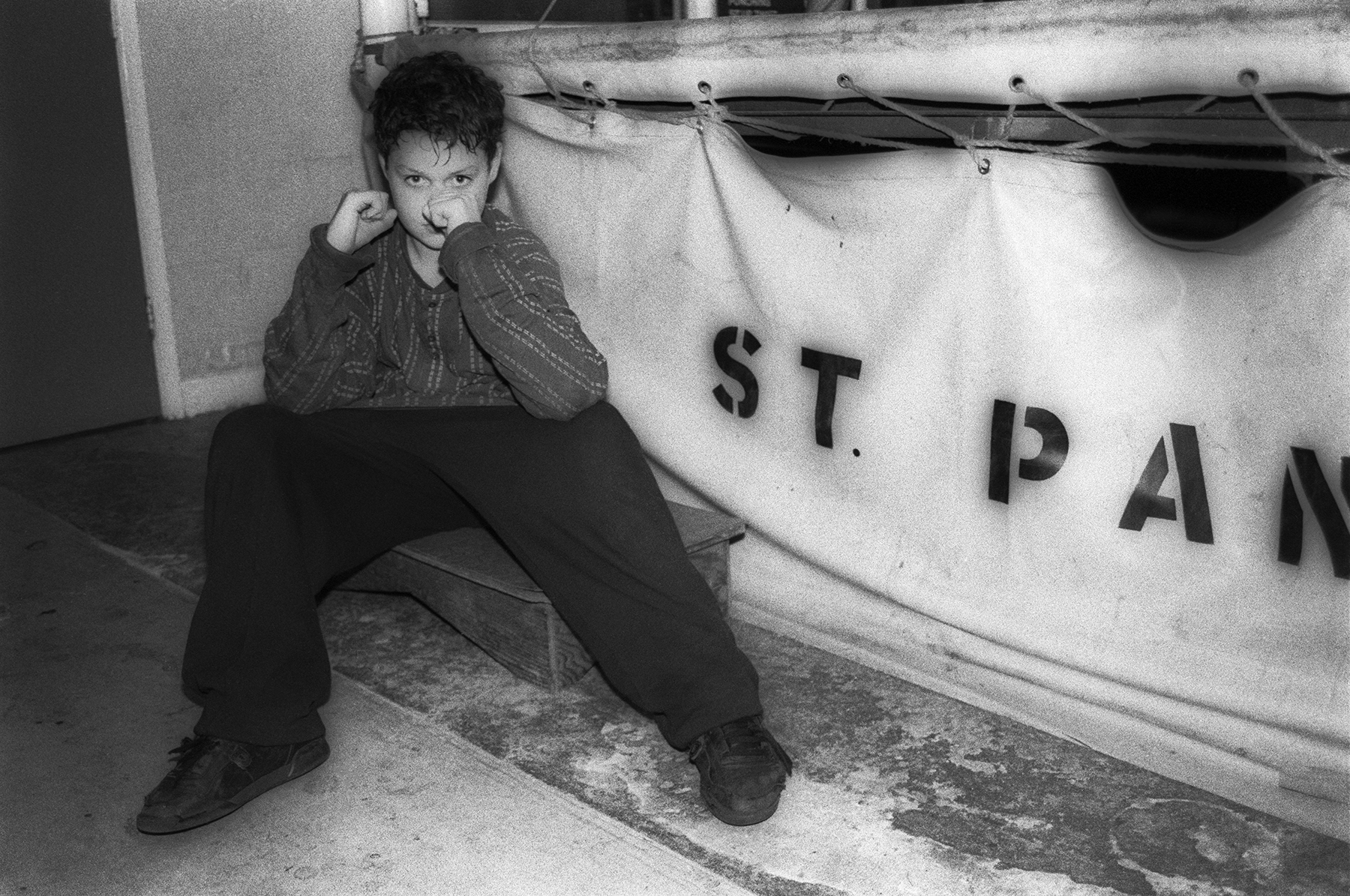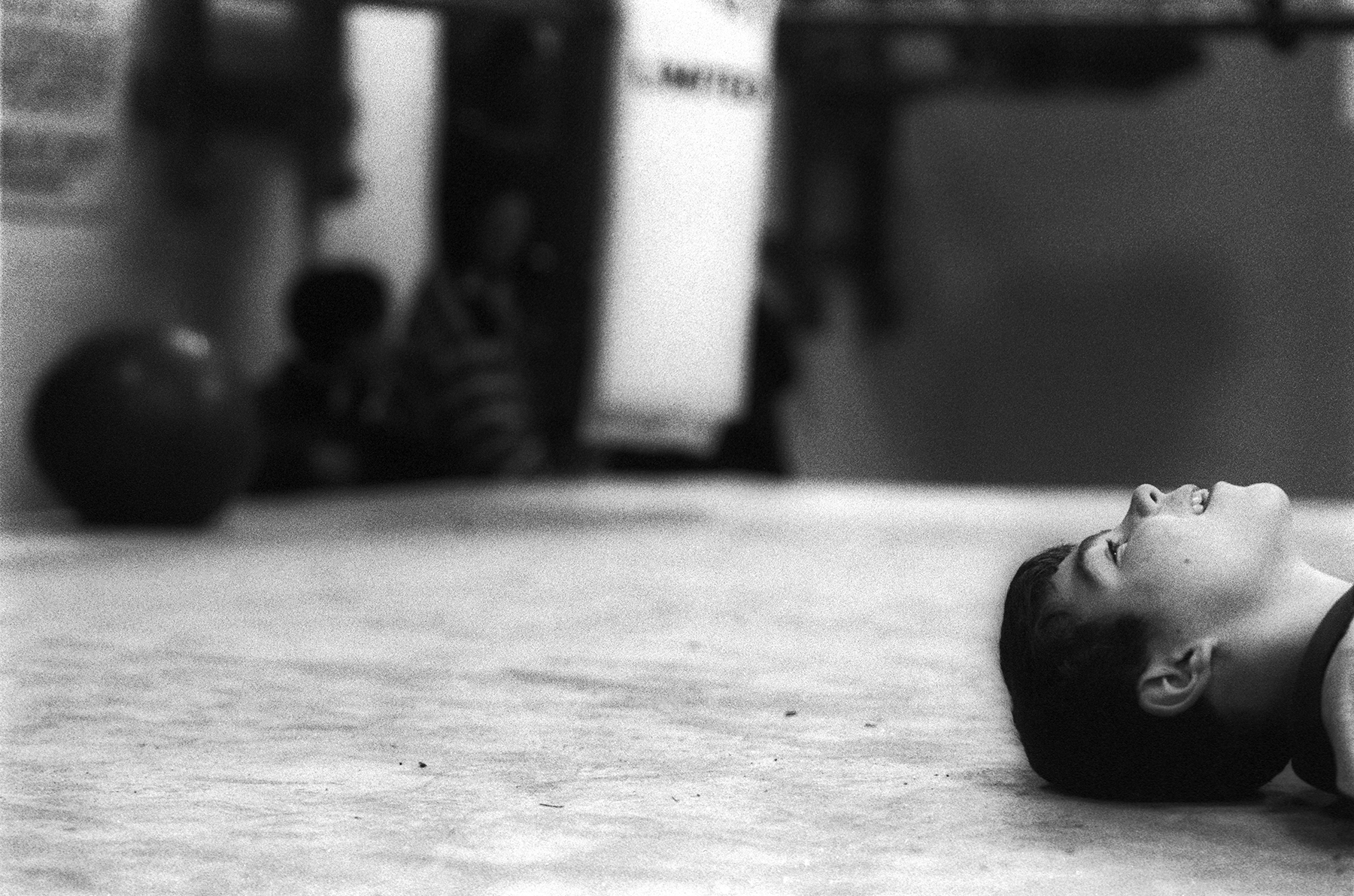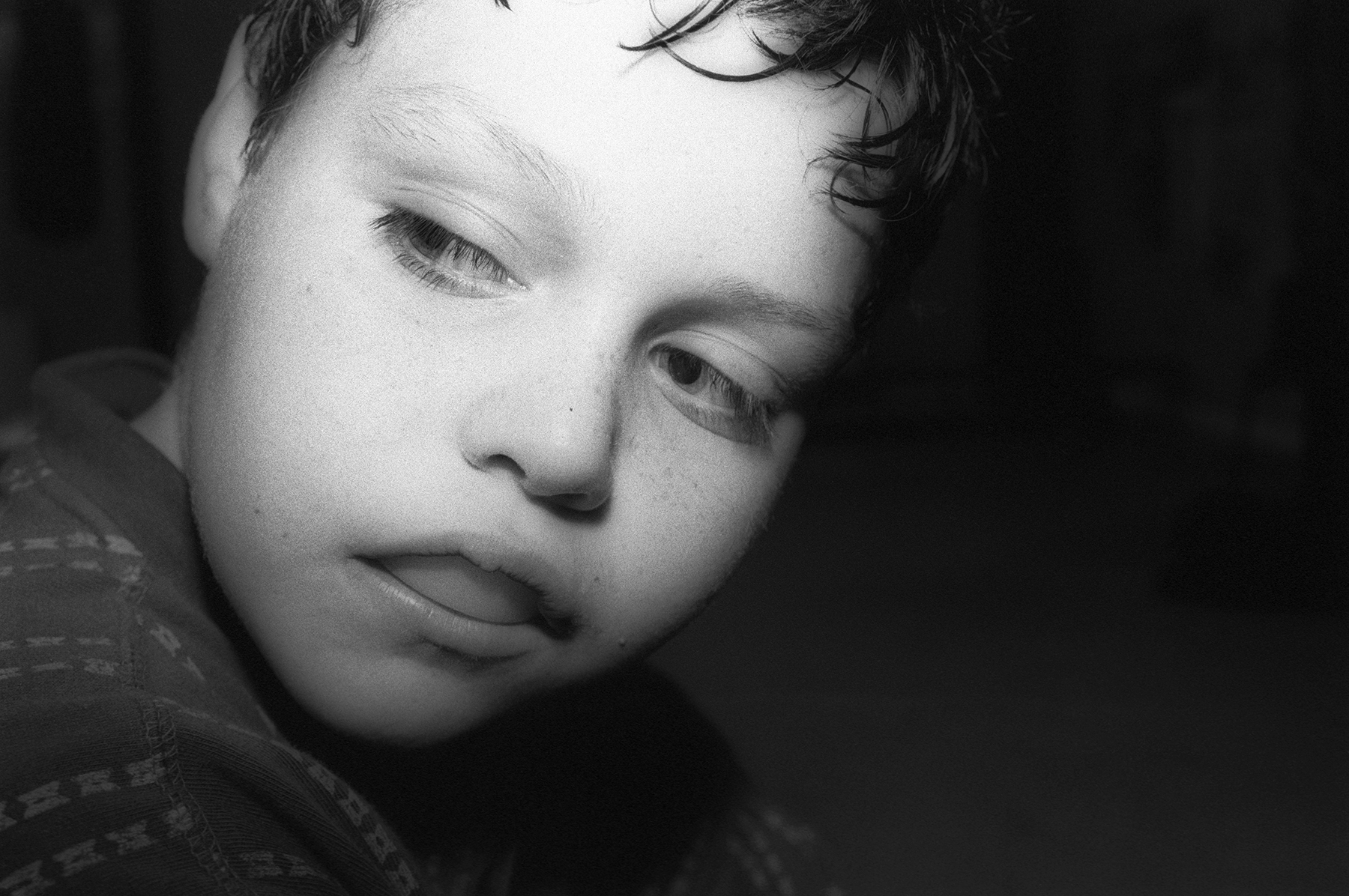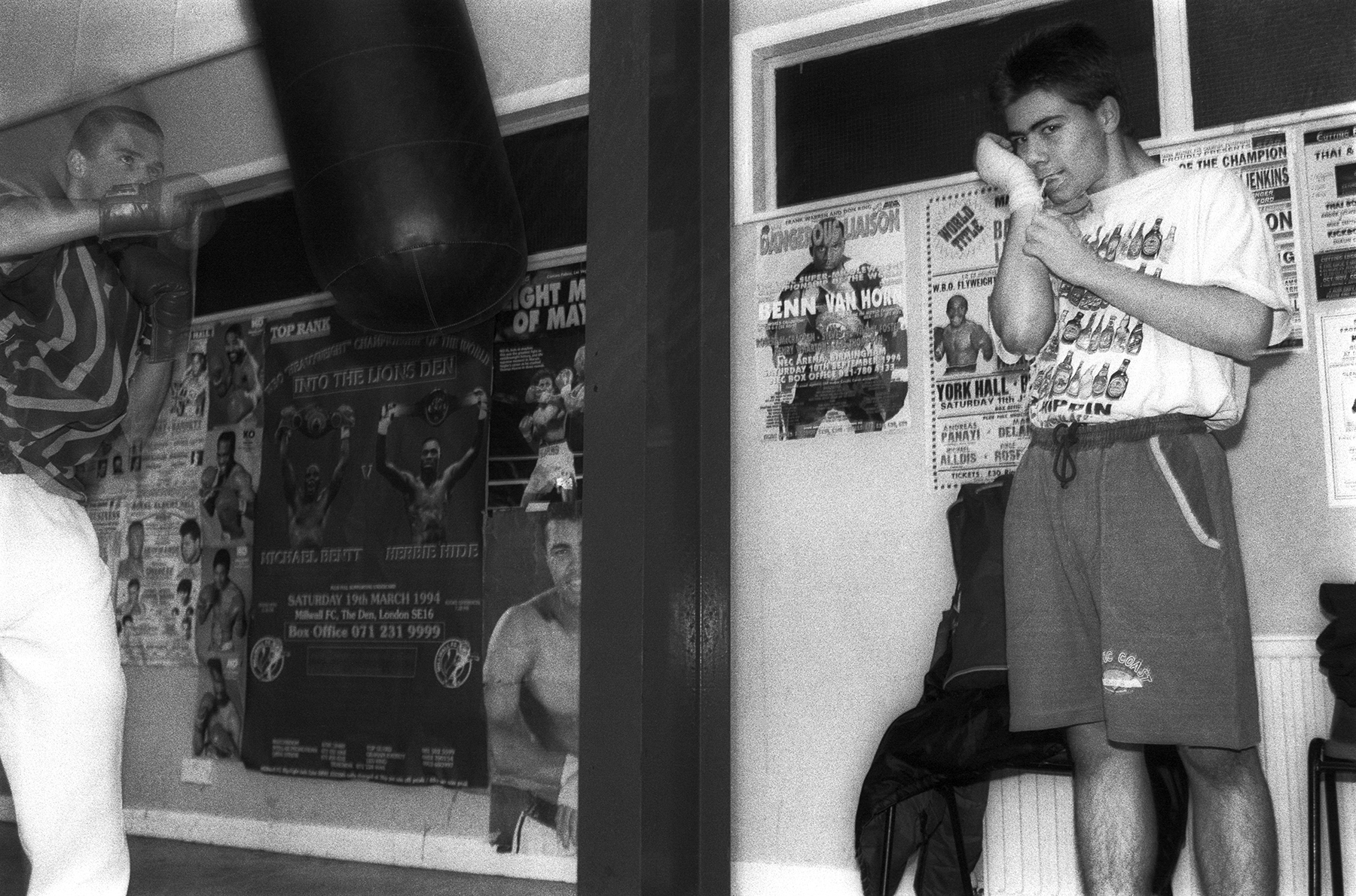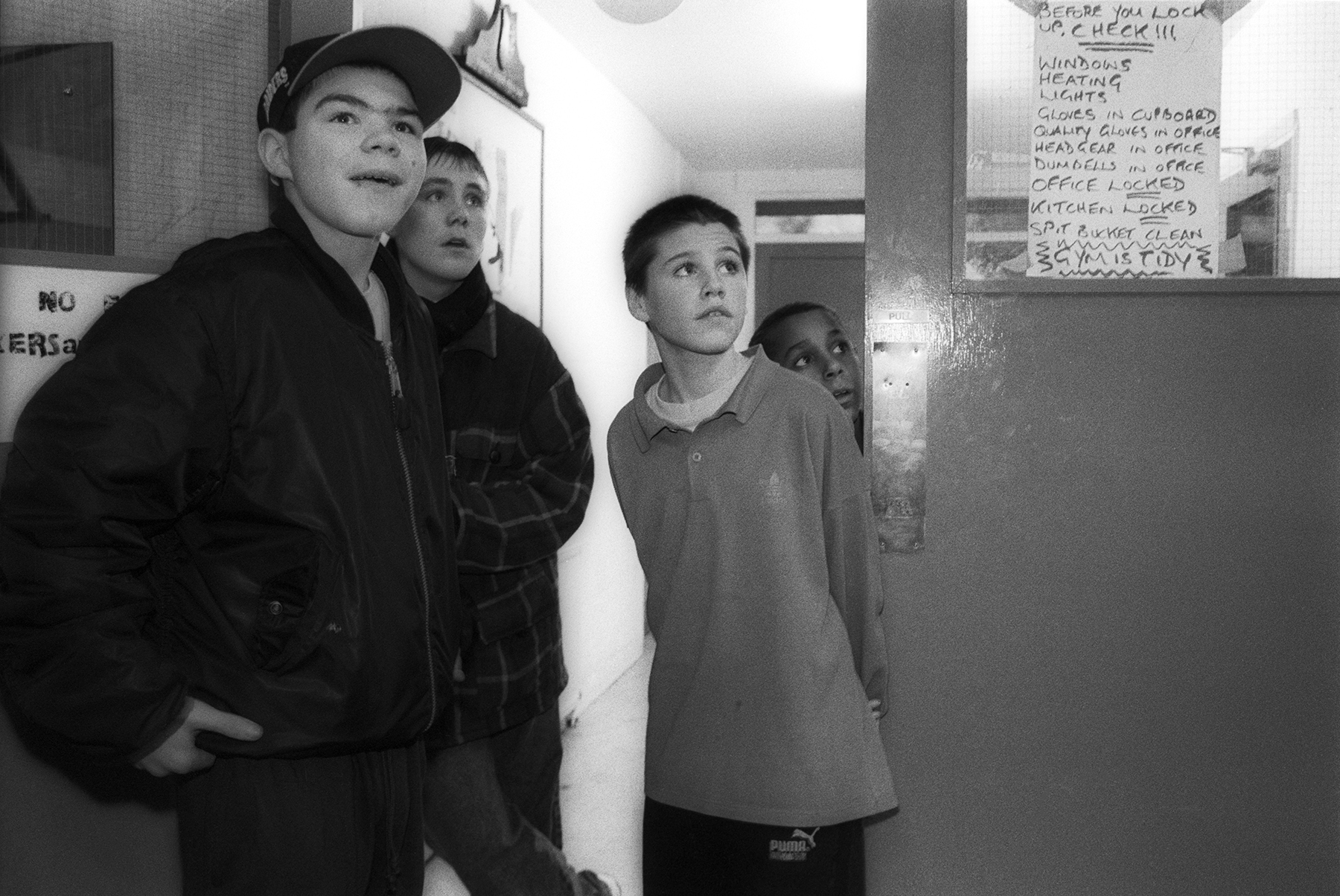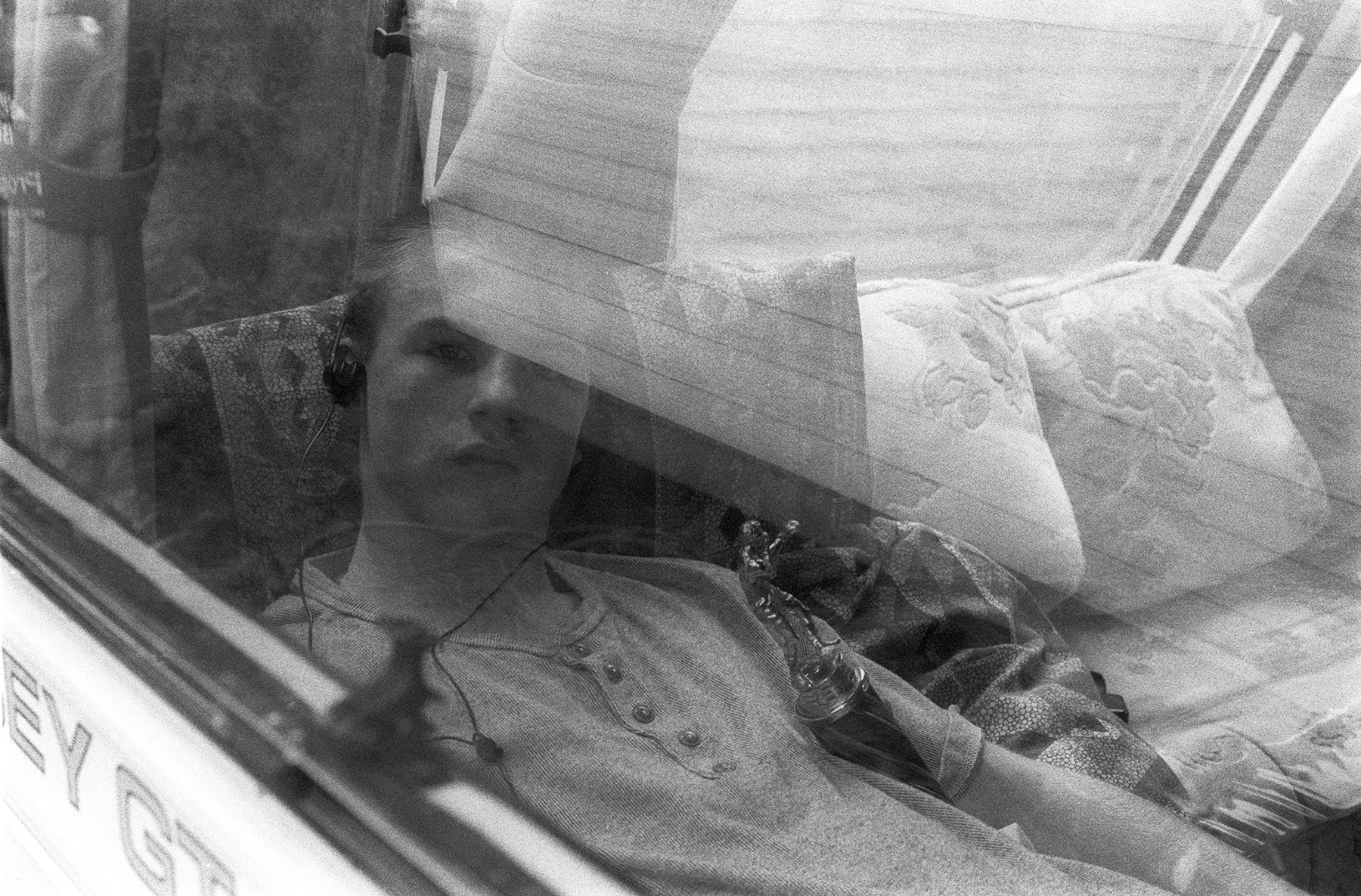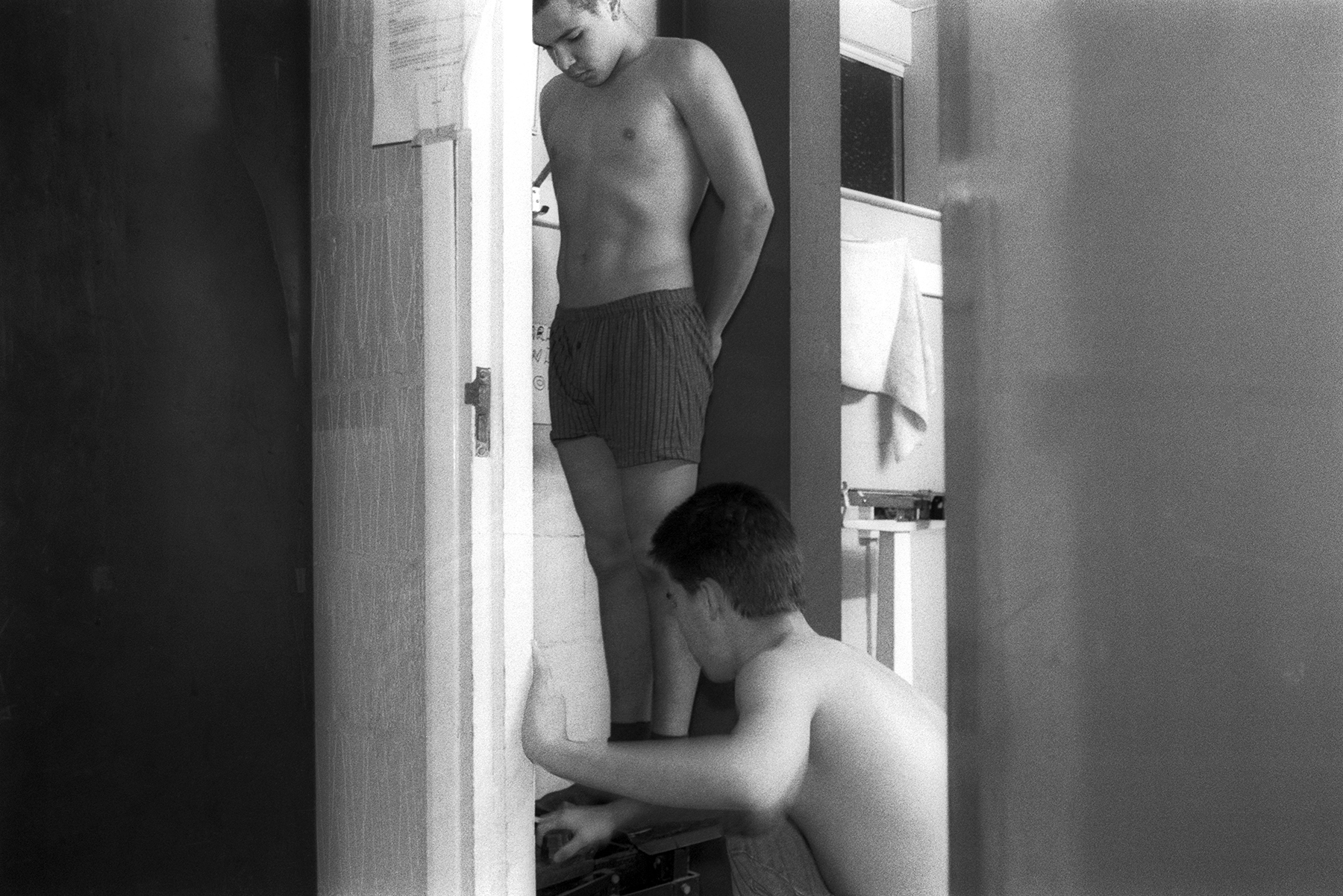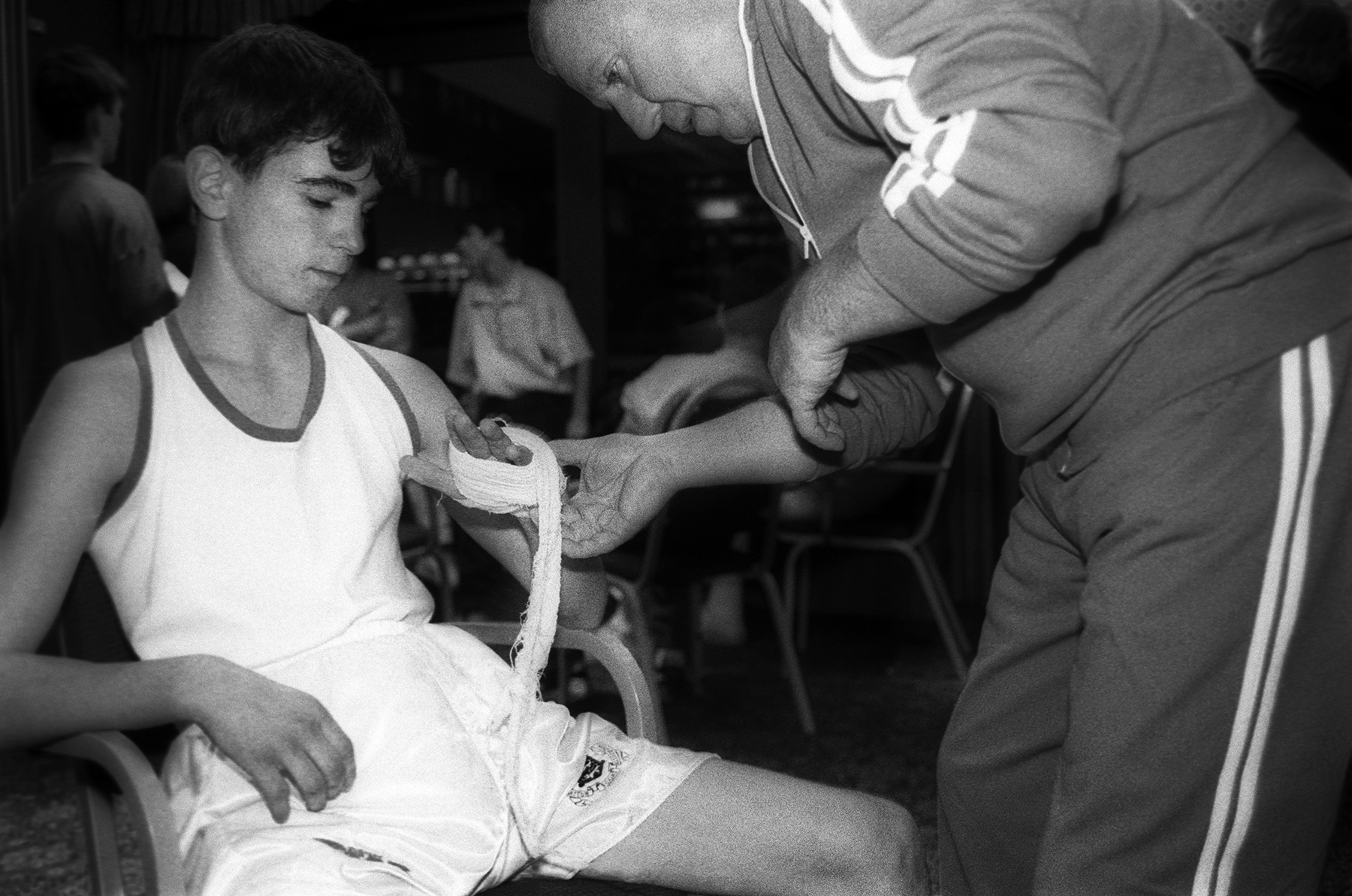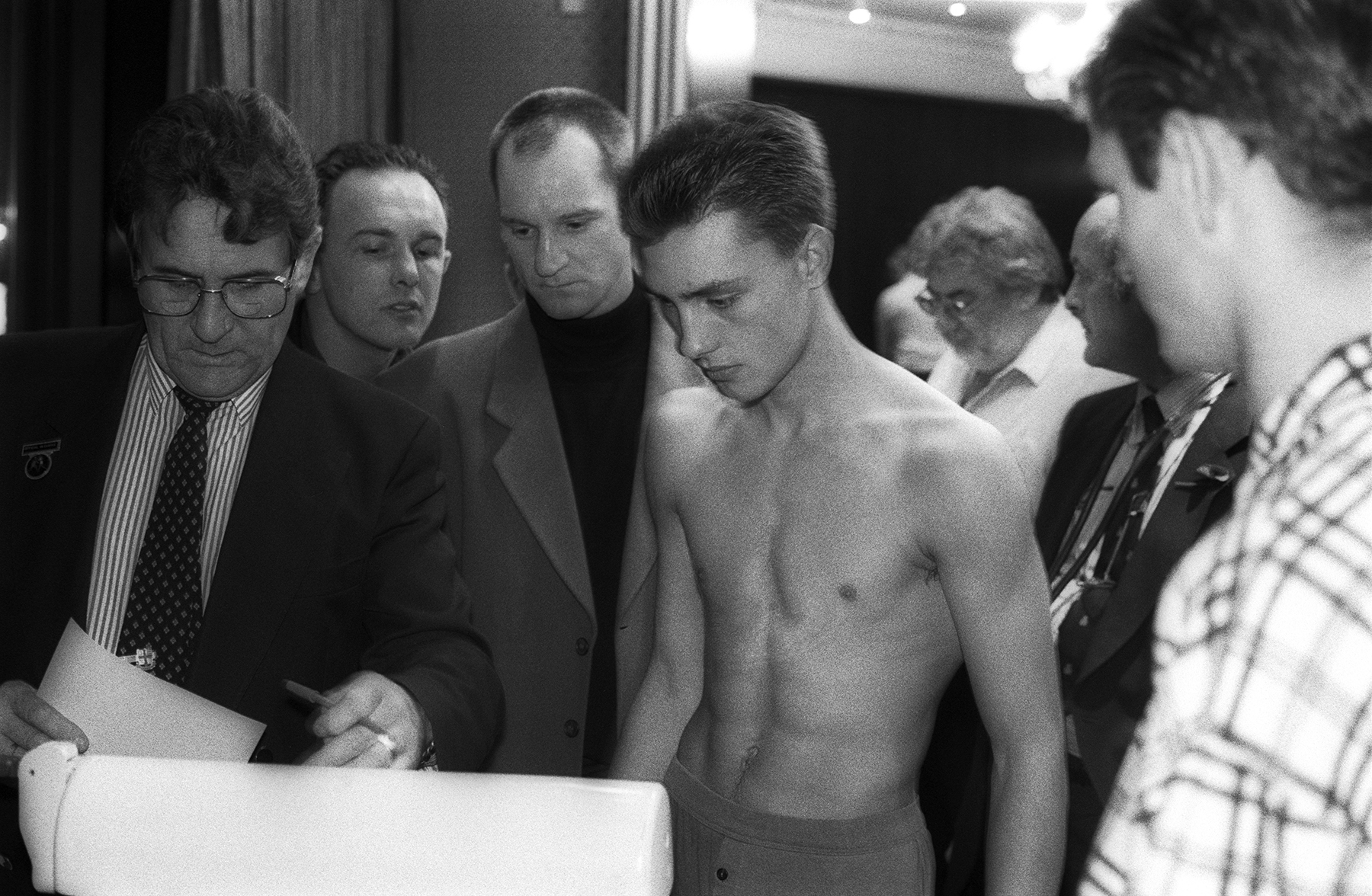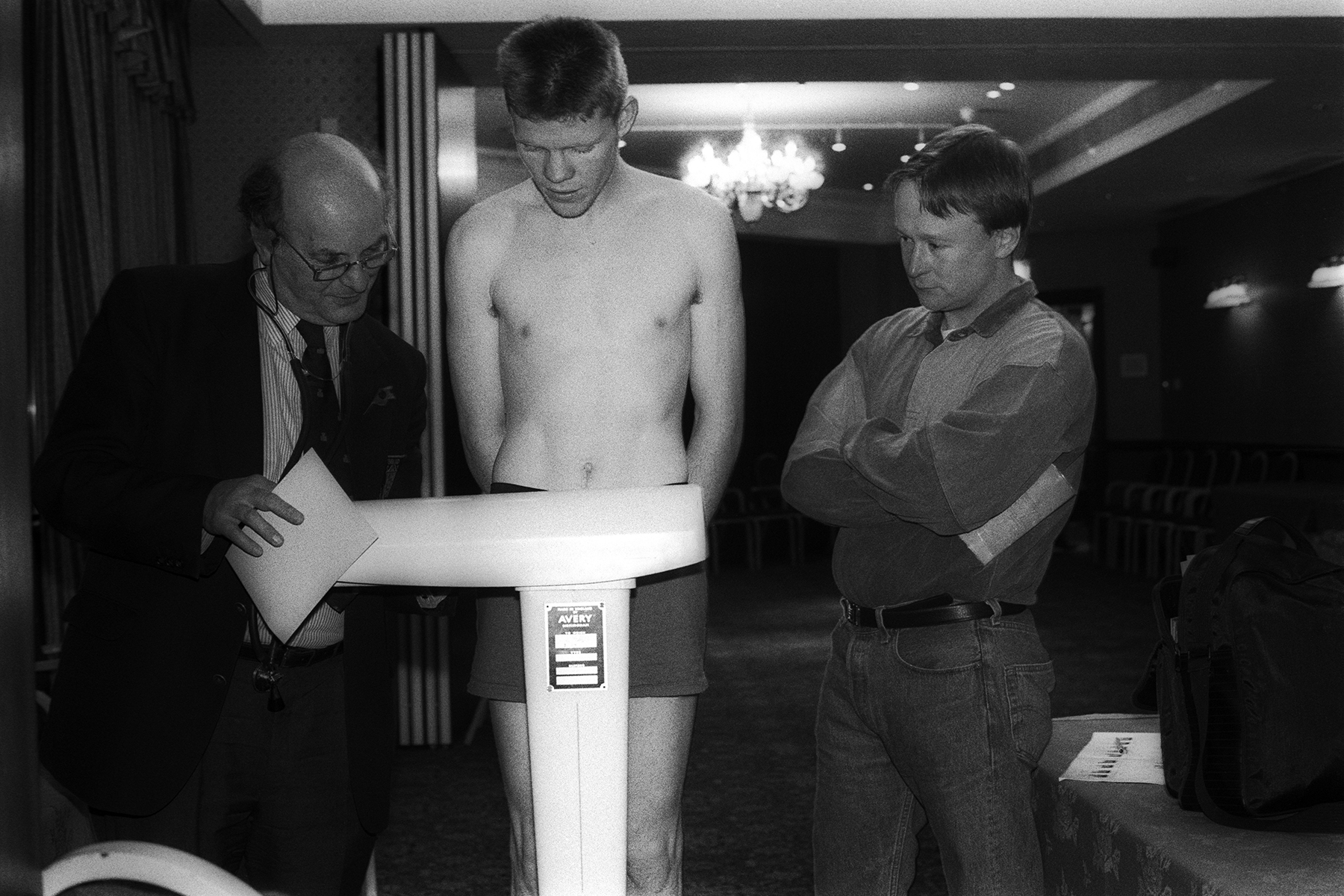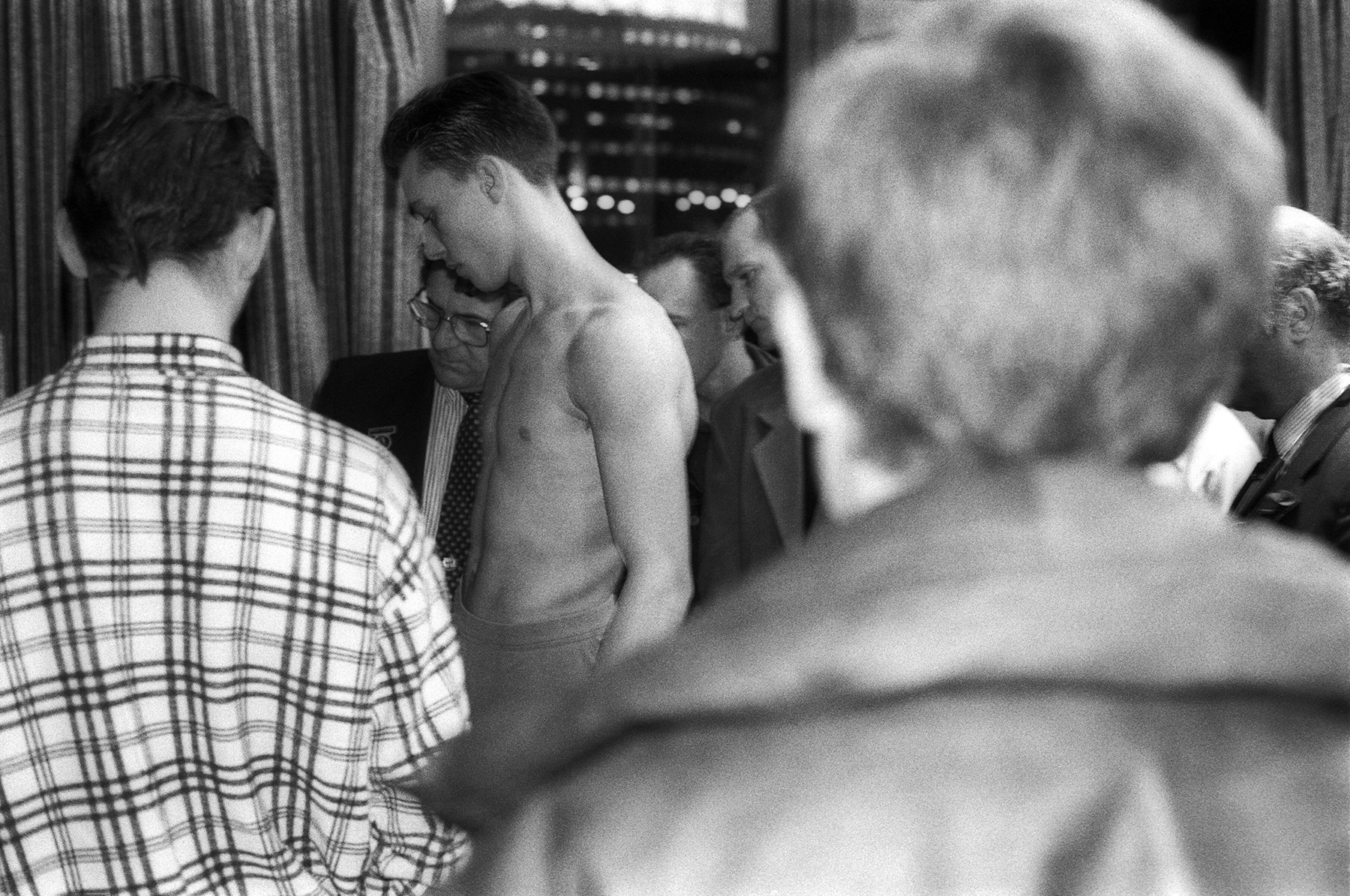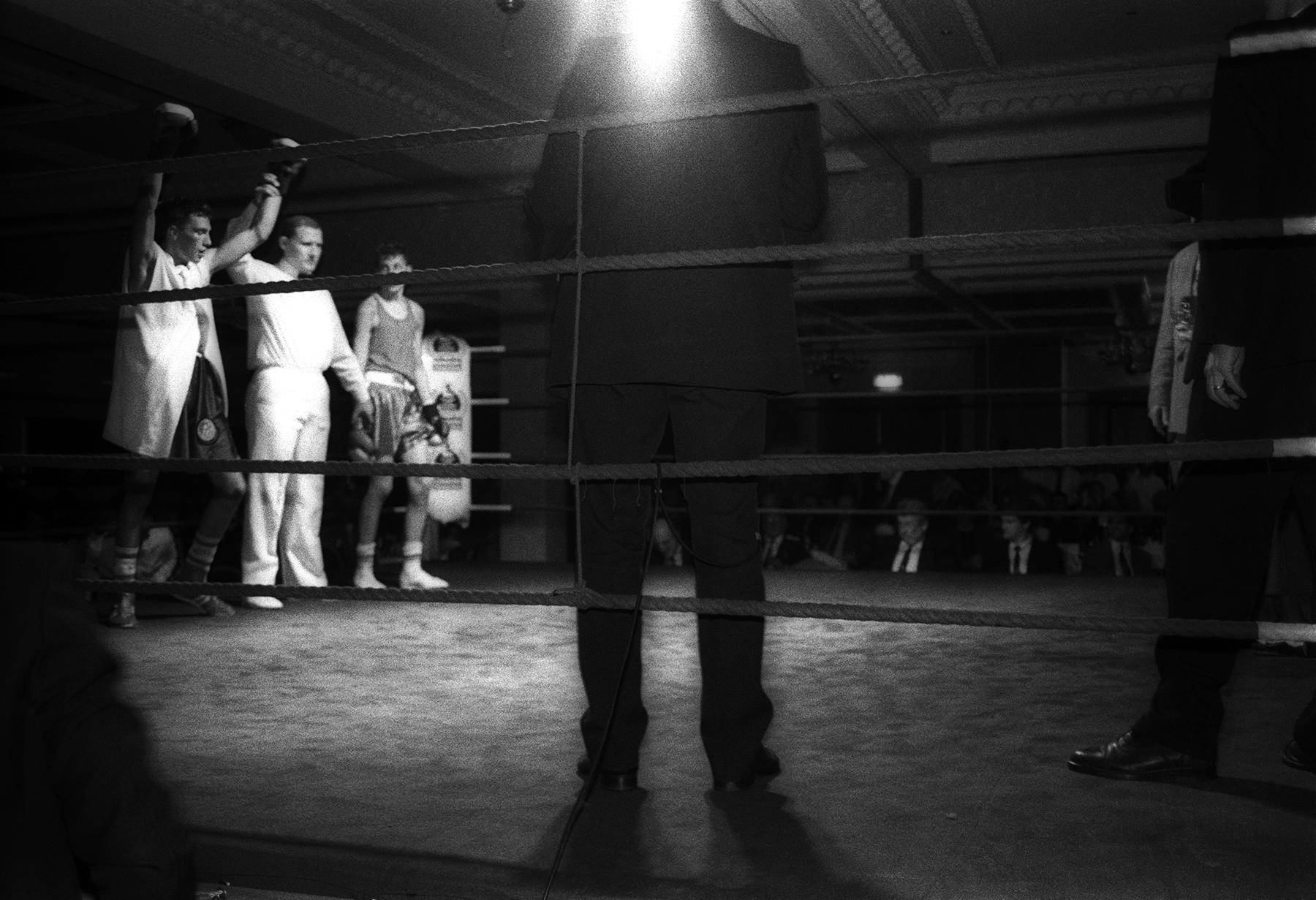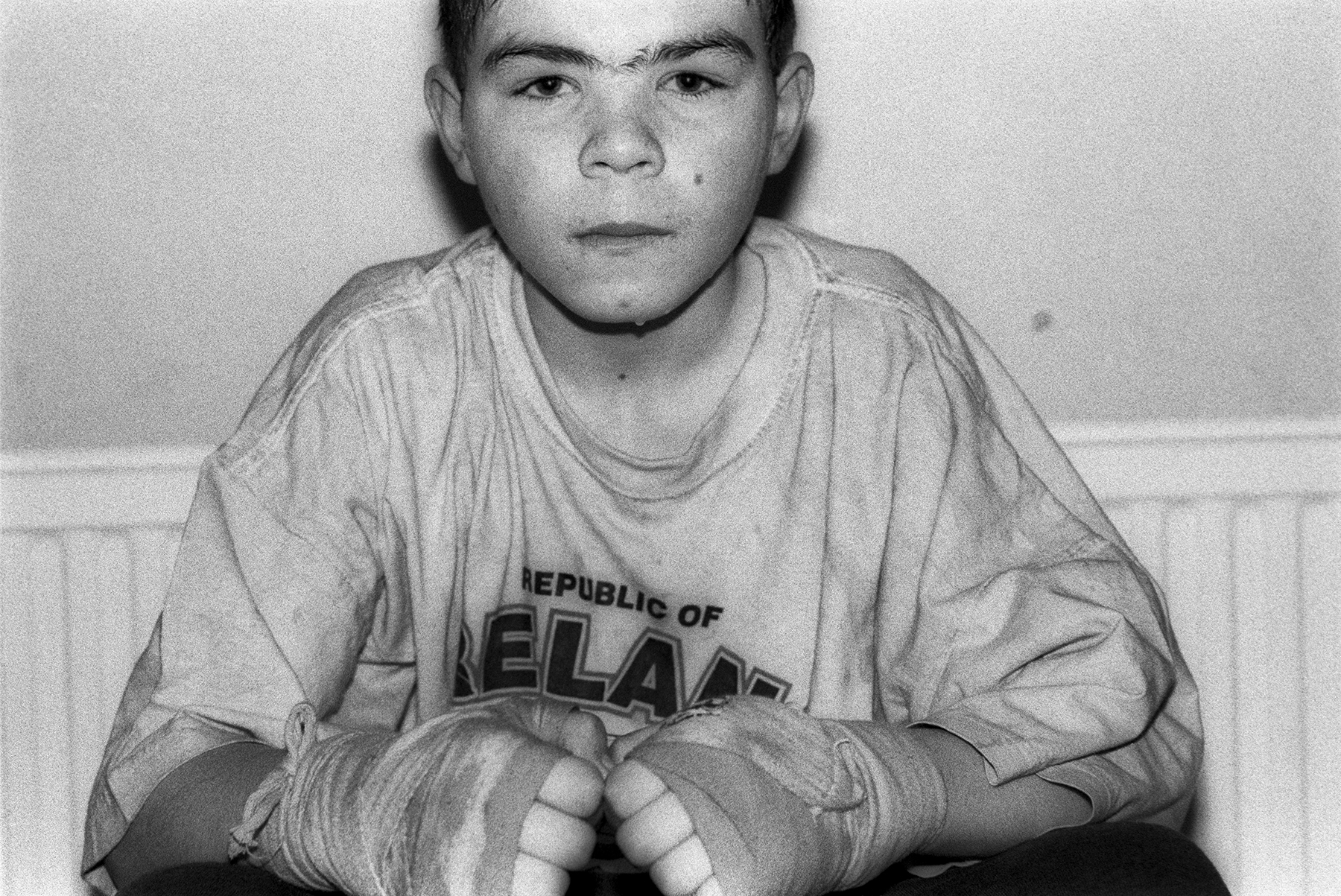
St Pancras Boxing Club 90s.
In the 1990s, St Pancras Boxing Club in Kentish Town, North London, was a key local sports facility serving a diverse youth population. Membership was notably multicultural, with a significant proportion of Irish Travellers and Black youths, reflecting the demographic makeup of the surrounding area. The club provided structured boxing training and amateur competition opportunities, focusing on technique, fitness, and discipline.
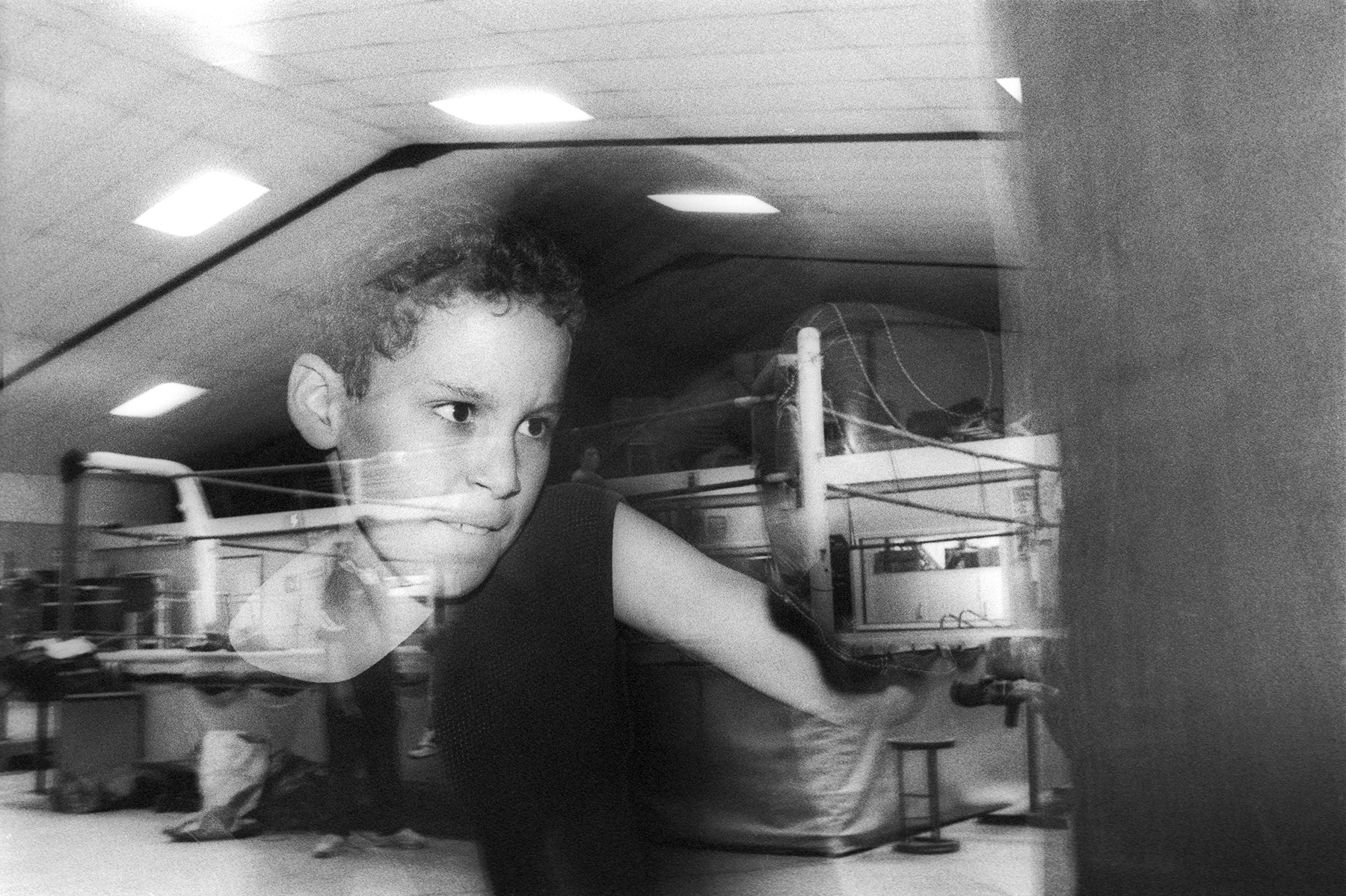
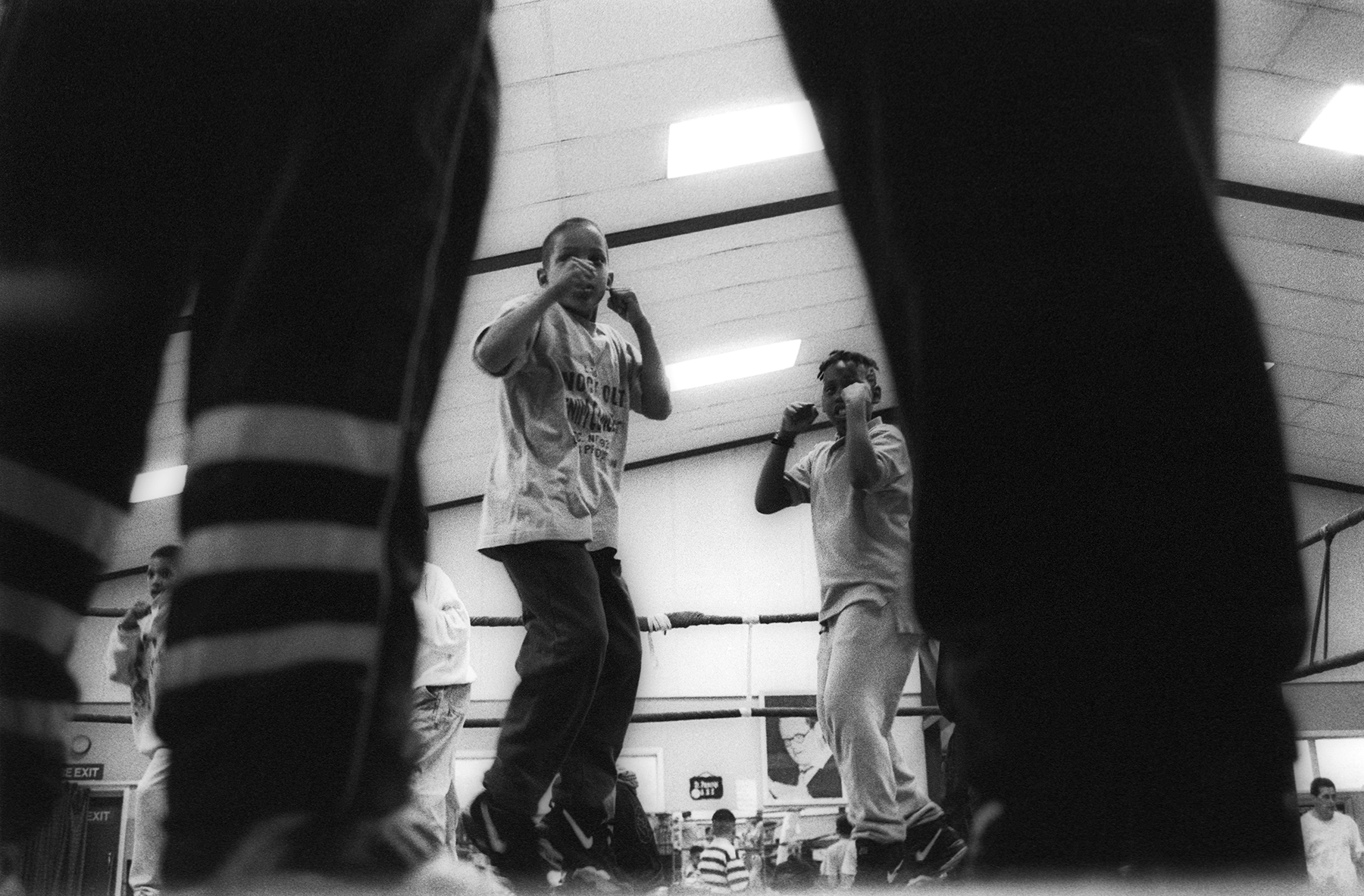
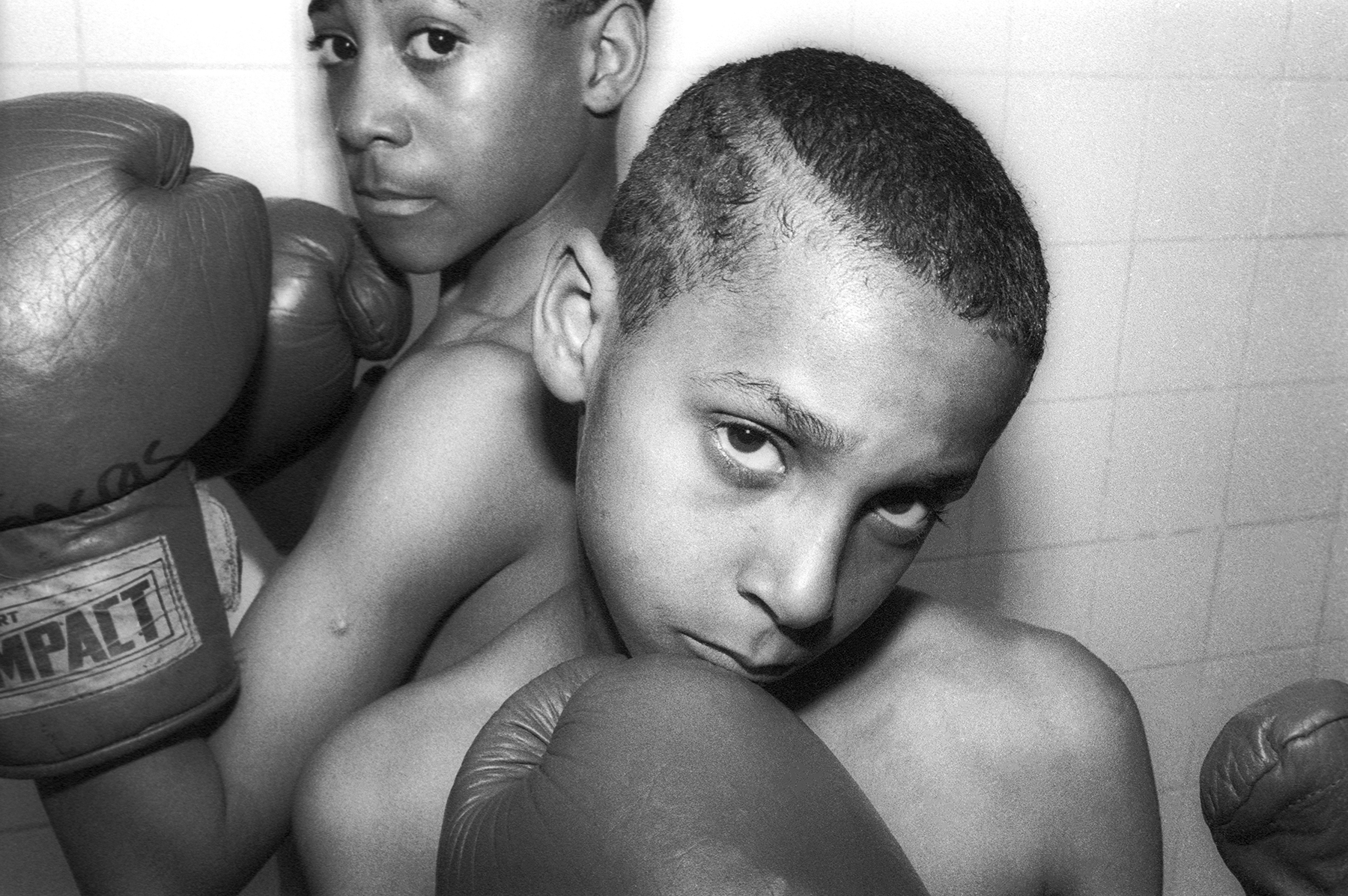
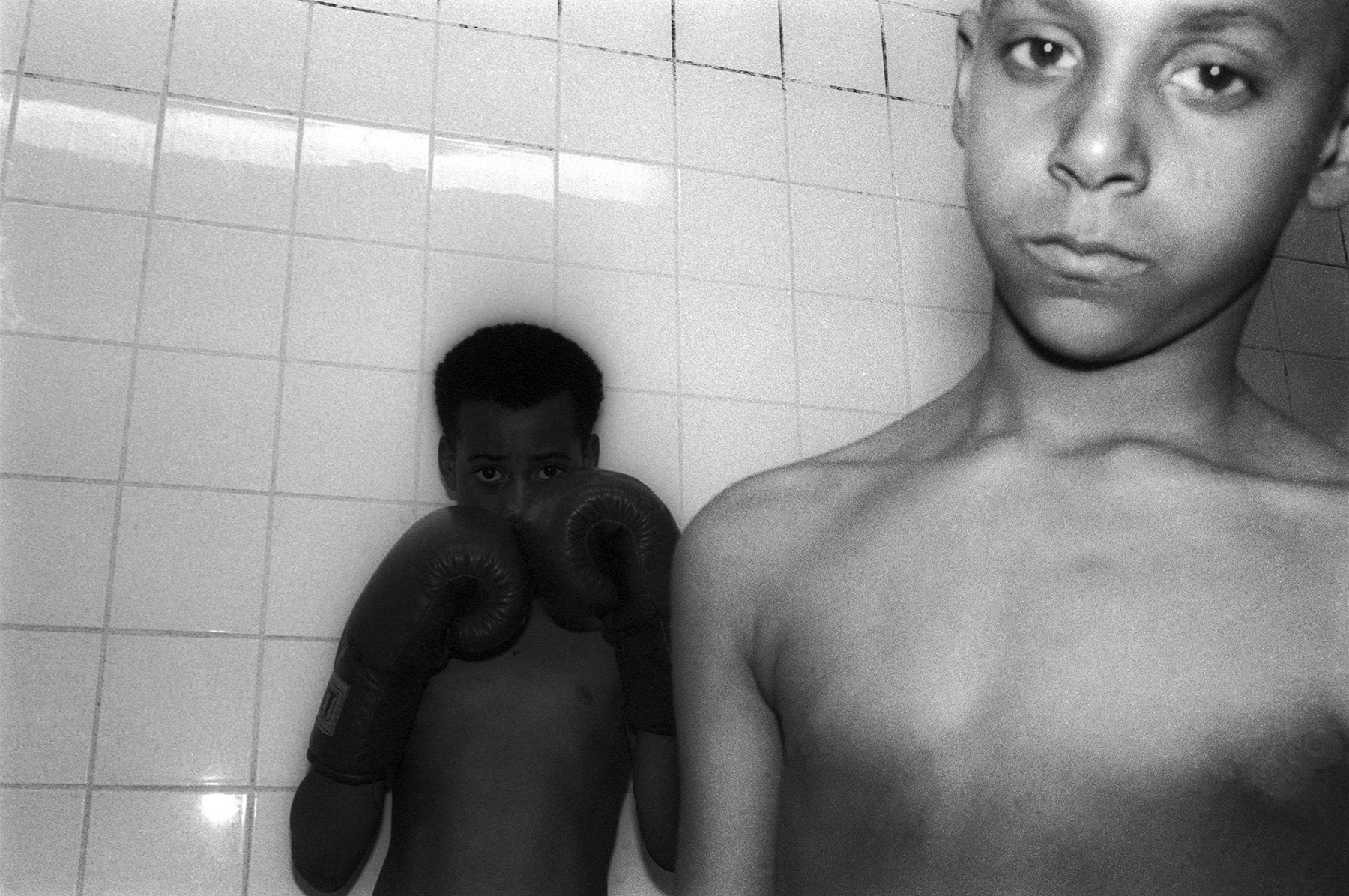
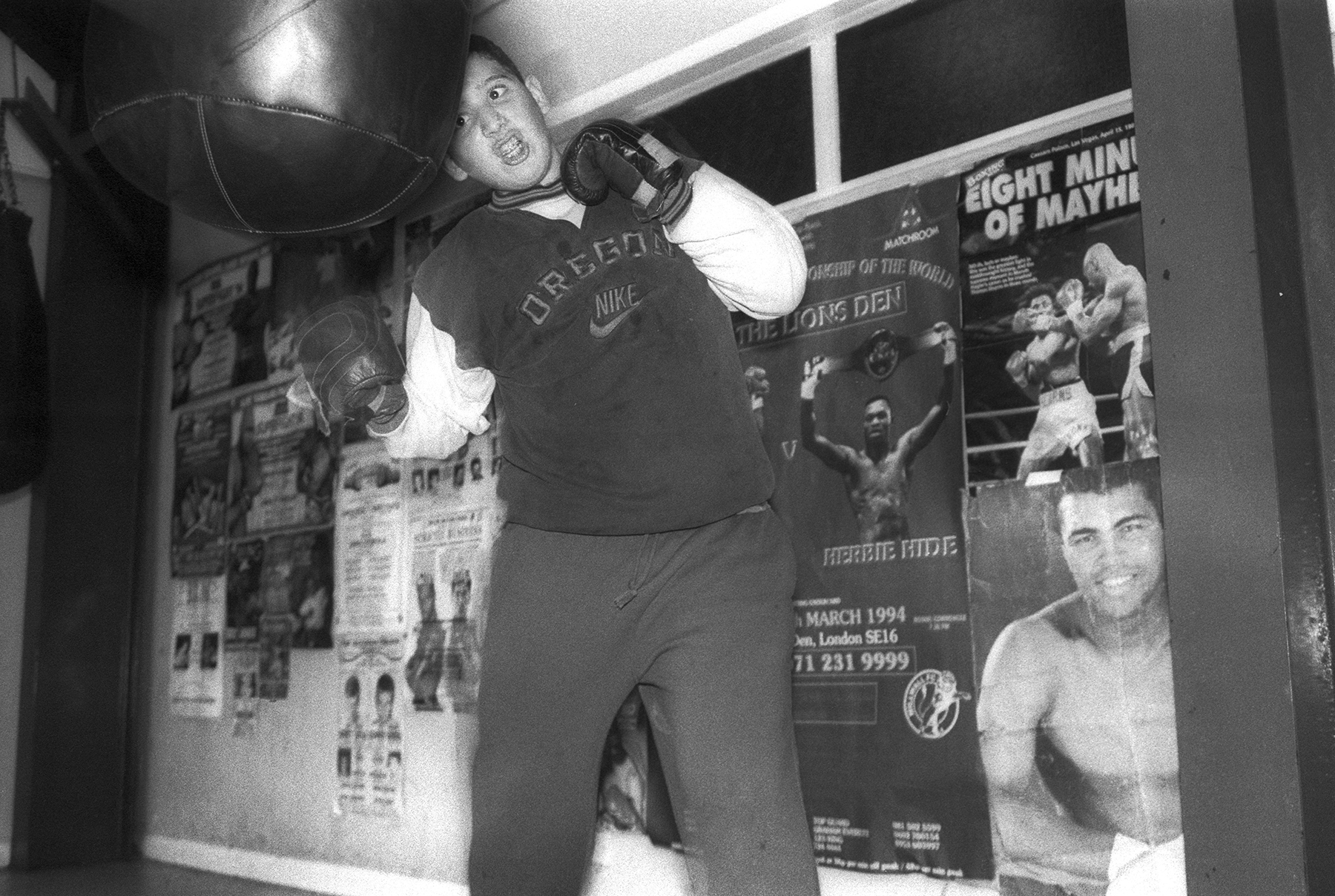
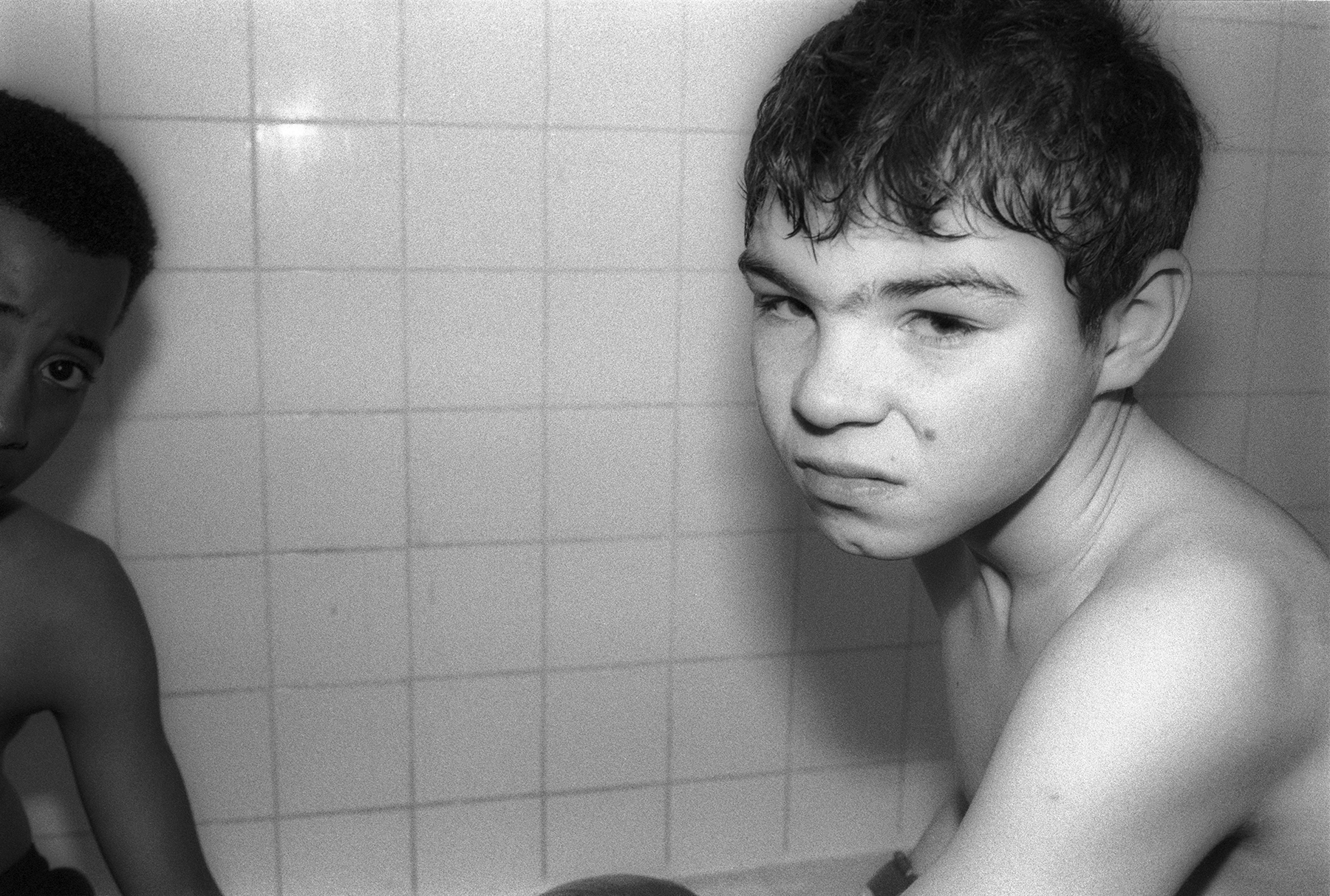
Boxing held particular cultural significance for Irish Travellers, for whom it was both a traditional pastime and a means of building reputation within the community. At St Pancras, Traveller youths trained alongside local black and other ethnic minority youths, creating a unique environment in which different communities interacted regularly. Coaches emphasized skill development, safety, and personal responsibility, while the competitive circuit offered opportunities for recognition beyond the club.
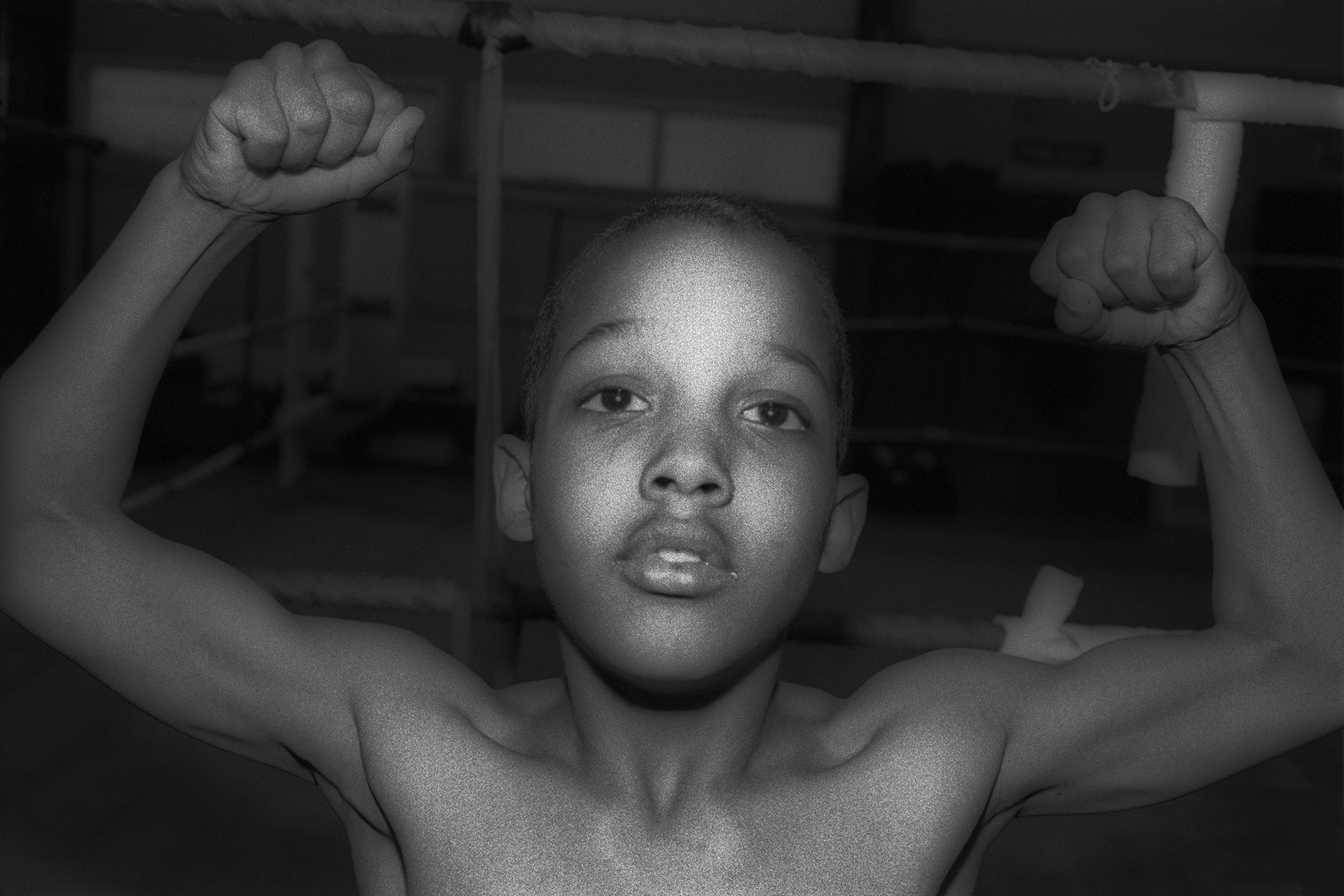
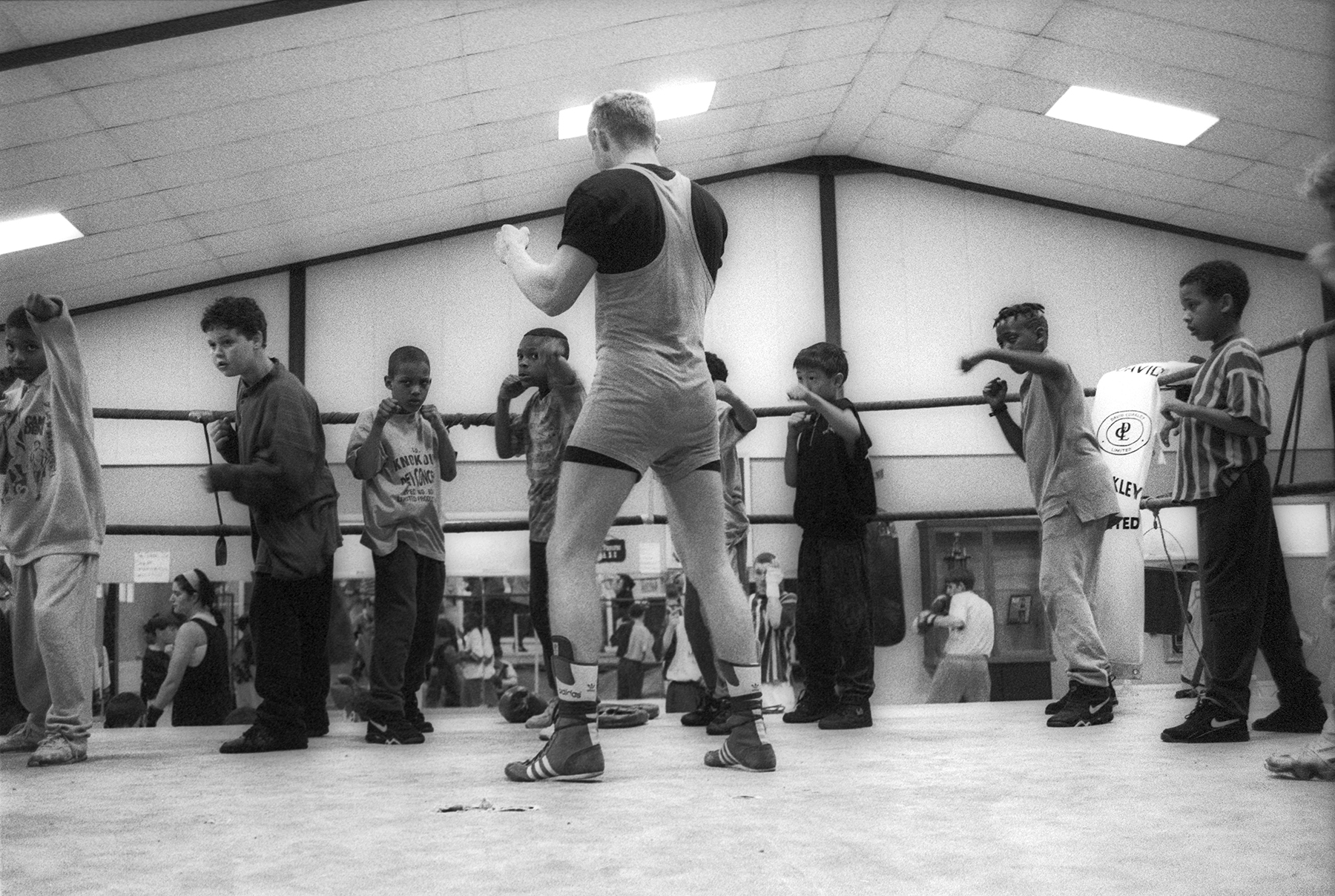
The club also served as a social hub for young people in an area with limited recreational facilities, helping some to maintain focus and routine amid wider socioeconomic challenges. While records from the period are limited, the club’s history demonstrates its role as a practical training space, a point of cultural continuity for Travellers, and a venue that encouraged participation from a broad cross-section of North London’s youth population.
